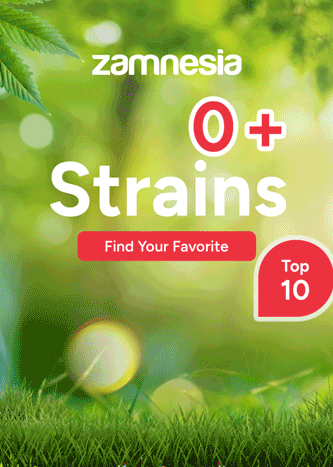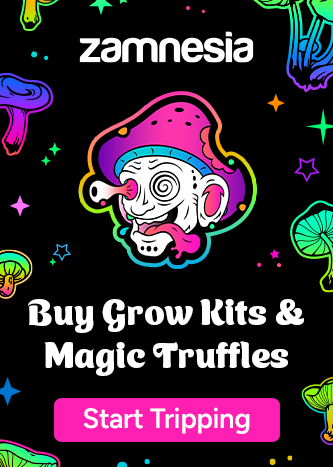Taking CBD: a beginner’s guide
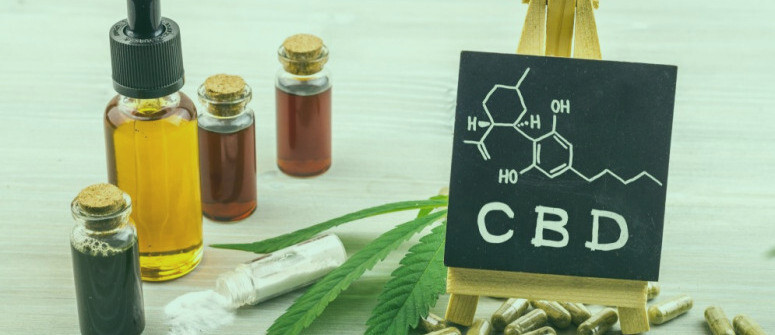
Taking CBD is easy—even more so with our beginner's guide! Find out all you need to know about how to take CBD, including the pros and cons of different intake methods, different types of CBD products, bioavailability, the safety of CBD, and much more!
Contents:
You've heard of CBD, but you likely still have many questions about it. Here, we've compiled a beginner's guide to CBD to help you understand it a little more, and make some informed decisions about what kind of CBD product to take, and how. Let's jump right in.
What is CBD?
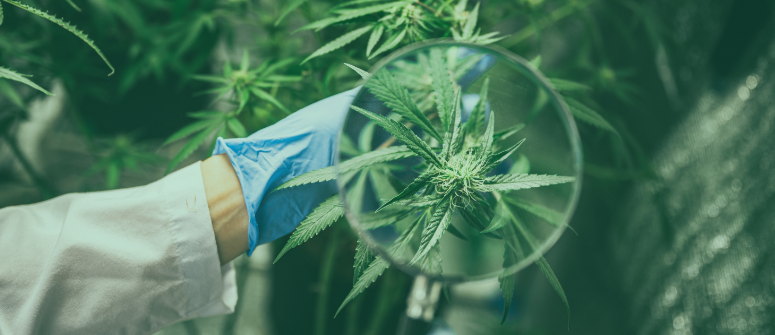
Cannabidiol, aka CBD, is one of at least 113 different cannabinoids found in the cannabis plant. Cannabinoids work in the body primarily by interfacing with the endocannabinoid system—a regulatory system that oversees numerous biological processes. Tetrahydrocannabinol (THC) is the most famous cannabinoid, as it’s the one chiefly responsible for the much sought-after high, whereas CBD does not cause a high. But that is not to say CBD is without its own merit.
Indeed, research into the potential of CBD for a vast array of health conditions and physiological processes is well-underway. This, along with CBD’s general impact on well-being, has caused interest in the cannabinoid to boom in recent years—and that’s probably why you’re here.
CBD is easy to take, has few, mild side effects, and presents no signs of addiction potential, according to the World Health Organization.¹ This means that—for most people—taking CBD is safe to try, even if it provides no notable benefits. Cannabidiol comes in a range of forms, perhaps the most common being CBD oil, but it can also be smoked/vaped, eaten, drunk, or applied directly to the skin. In the following, we outline all of these methods in detail.
Full-spectrum CBD vs broad-spectrum CBD vs isolate CBD
Though CBD is a singular compound, CBD-containing products often include additional active ingredients. Depending on the extraction and isolation methods used, numerous cannabinoids may end up in the final product, as well as terpenes (aromatic molecules shown to display biological effects), flavonoids, and other ingredients.
If all of these plant chemicals are extracted and infused into the final product, these are considered “full-spectrum” CBD extracts. "Broad-spectrum" CBD is another term you’ll hear, and this largely refers to products with the same composition as full-spectrum, with one major exclusion—THC. CBD isolate, on the other hand, contains no additional ingredients, making it viable as both a product in itself and as a raw ingredient to craft other products. Often, the latter two types of CBD products are intended for those who do not want, or are not permitted to have, any THC in their CBD infusions.
While evidence is unclear, full-spectrum and broad-spectrum CBD products are suspected to produce an “entourage effect”,² which describes a theory of chemical synergy between cannabis compounds when consumed in concert, potentially leading to more profound effects.
Though full-spectrum CBD extract contains some THC, it is in extremely small quantities. To be sold legally as CBD oil, a product must be derived from industrial hemp and contain no more than 0.2% THC (0.3% in some regions). Under these guidelines, this is not nearly enough THC to cause any sort of intoxication or "high", and it should not cause you to fail a drug test if used in moderate amounts.
How to take CBD
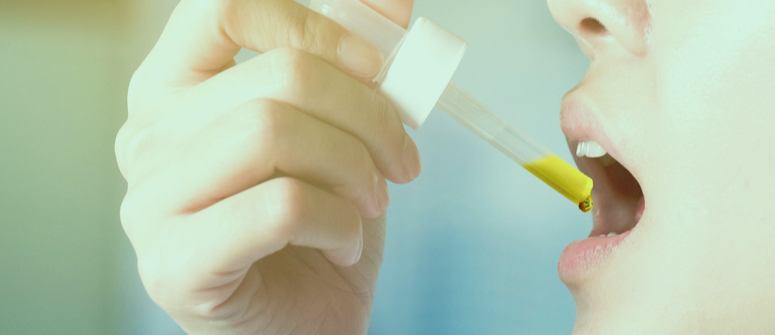
There are many ways to take CBD—each with its pros and cons. When deciding for yourself, first determine what you hope to achieve from your CBD use. If you just want to chill out from time to time, perhaps a faster-acting and shorter-lasting method is more suitable. If you desire a longer-lasting impact, for example while you sleep, certain intake methods will be more applicable than others.
Another factor to be aware of is bioavailability. Depending on the application method, different levels of CBD will make it into your bloodstream, even if the starting amount is the same. For instance, some methods allow most of the CBD dose to enter systemic circulation, while with others, almost none of the cannabinoid penetrates the bloodstream.
With that in mind, note that CBD dosing is poorly understood at the moment, so the best course of action is to take any suggestions as guidance, and then tinker with your own dosage until you find what works best for you.
Sublingual CBD
One of the most popular methods of CBD intake, primarily due to its ease and discretion, is sublingual administration. Taking a substance sublingually means putting it under the tongue. Here, the substance is quickly absorbed by the oral mucosa and distributed into the bloodstream, making for fast-acting effects.
All you need to do is place the desired amount of CBD product beneath the tongue for around a minute, and then swallow. Effects come on rapidly and last for a few hours.
CBD oils and tinctures
CBD oils and tinctures are the most commonly used sublingual CBD products. These products contain CBD extract infused into an oil, alcohol, or glycerine carrier. CBD oil is the leading option as it is featured alongside nutritious carriers such as olive oil, hemp oil, MCT oil, and black cumin seed oil. Other than a slightly bitter taste, this method is not unpleasant to administer, thanks to an included dropper, and offers an easy solution to those who wish to take CBD on the go or under the radar.
For those who fast, the general consensus is that the amount of calories present in CBD oil is so minimal that it shouldn’t be any cause for concern.
Pros and cons of sublingual CBD
Pros:
- Easy to dose from dropper
- Fast onset
- Discreet
- Easy to source
- 40–50% bioavailability
- Products range from 2.5 to around 40% in concentration
- Can also be administered orally (swallowed as is or added to food or drink)
Cons:
- Effects are comparatively shorter-lived
- Some people find the taste unpleasant
Timescale
Sublingually administered CBD should take effect quickly, as it enters the bloodstream directly via the capillary vessels in the mucosa under the tongue. Effects reach their peak after around 15 minutes and last for anywhere between 1 and 5 hours.
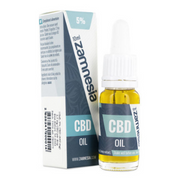
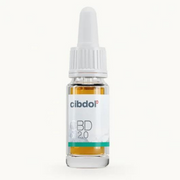
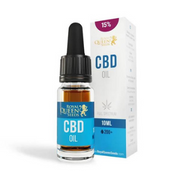
Ingesting CBD
Oral intake of CBD is another popular method, and one that distances the cannabinoid from associations with drugs and cannabis—which, for some people, is a positive. Ingested CBD also lasts longer than other methods, which is beneficial to those seeking prolonged effects, or those who can’t redose at a moment’s notice. On the flip side, oral intake has a much lower bioavailability. This can be remedied by taking higher doses, which costs more over time.
CBD capsules
CBD capsules contain CBD oil, but are ingested rather than taken sublingually. This is perfect for those who don’t like the taste of oil or don’t want to leave it sitting beneath their tongue a few times a day. Simply swallow these discreet capsules, and you’re done!
CBD edibles
Edibles can come in essentially any form, but their most popular commercial interaction is CBD gummies. These CBD-infused sweets taste delicious and contain predetermined amounts of CBD, making dosing easy. Much like capsules, they are easy and discreet to take.
The downside to edibles is that they are not suitable during a fast.
Pros and cons of ingesting CBD
Pros:
- Easy to take
- Long-lasting effects
- Gummies taste great
- Discreet method of consumption
- Consistent doses
Cons:
- Low bioavailability—4–20%
- Onset takes a while—around 1 hour
- Individual doses can be low, meaning more may need to be taken
- Higher cost over time
- Might break a fast
Timescale
As mentioned, ingested CBD lasts a fairly long time, at least 8 hours. The flip side of this is that because the cannabinoid needs to be digested, it takes around an hour or so to take effect. As a consequence, CBD edibles and capsules do not offer the near-immediate impact of other methods.
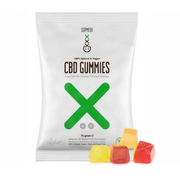
.png)
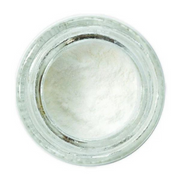
Inhaling CBD
There are several methods by which it is possible to inhale CBD. Some are reminiscent of smoking weed; others are not. However, for those looking to move away from THC-rich cannabis, these products can be a great stepping stone.
CBD vape liquids
Vaping is all the rage these days, and vaping CBD is a very common method of consumption. CBD e-liquids, or vape juices, come in a wide range of flavours and concentrations, making them versatile and appealing. They work and wear off quickly, with a high bioavailability.
With vape liquids, it’s worth choosing a high-quality product, even if it costs a little more. These are likely to be made with better ingredients and held to a higher standard.
Note: E-liquids are different to CBD oils meant for sublingual or oral consumption. Do not vape conventional CBD with an oil carrier, as this can be dangerous!
CBD flower
For those who love spliffs, joints, and bongs, CBD flower will be a hit! The buds look and smell indistinguishable from THC-rich cannabis (because they are basically the same) and are a pleasure to smoke or vape. It’s also possible to get CBD hash!
For those who have smoked a lot of weed and love the ritual, but maybe want to cut the THC, CBD flower and hash are a brilliant way to wean yourself off without giving up everything at once. Even if this is not the case, it can be great to have a smoke from time to time as well.
CBD nasal sprays
CBD nasal spray delivers the cannabinoid into the bloodstream via the fine membrane of your nasal mucosa for a quick uptake of CBD. Essentially, this is the same as taking CBD sublingually, but in your nose. It’s quick and easy, but perhaps less casual than some other methods.
CBD inhalers
CBD inhalers work the same as inhalers meant for asthma, except they deliver a dose of CBD. This is a sort of middle-ground between a vape and a nasal spray. Expect quick effects, as it’s absorbed directly by the lungs.
Pros and cons of inhaling CBD
Pros:
- Fast onset
- High bioavailability—40–80%
- Can be considered pleasurable, especially for smokers/ex-smokers
- Range of options
Cons:
- Short-lasting—1–5 hours
- Too similar to smoking for some
- Some methods can damage your lungs
- Initial cost of vaping is expensive
Timescale
Inhaled CBD takes effect very rapidly, within minutes—think smoking a joint. Likewise, it wears off more quickly than some other methods—usually within a few hours.
.png)
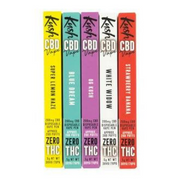
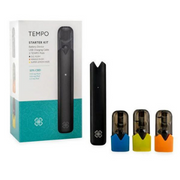
Dermal absorption of CBD
CBD can also be absorbed by the skin. It’s important to note that the cannabinoid will not reach the bloodstream, and the effects will be limited to the site of application. However, depending on your intended use, that could be perfect.
CBD creams and lotions
CBD creams and lotions are used for many reasons. Research is currently determining if CBD has valid anti-inflammatory and pain-relieving potential, though findings are yet inconclusive. Nevertheless, people often use these products to soothe and hydrate red, chapped, sensitive skin, similarly to other beauty products.
CBD lubricant
Some people use CBD lube to stimulate the areas to which it is applied. It is thought that CBD may affect blood flow,³ potentially increasing sensitivity.
Pros and cons of dermal CBD
Pros:
- Skin-soothing
- CBD lube can be used to enhance the sexual experience
- Localised effects allow you to target specific areas
- Mixed with other beneficial ingredients
Cons:
- Very low bioavailability
- Full scope of effects is unclear
- Some products might irritate sensitive skin
Timescale
CBD applied to the skin gets absorbed very slowly, and so it tends to have prolonged effects. Washing it off will make these wear off faster, though. Ultimately, it will continue to work so long as it is on the skin (within reason).
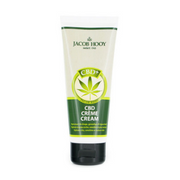
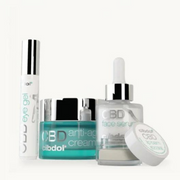
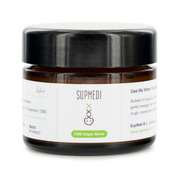
How to dose CBD?
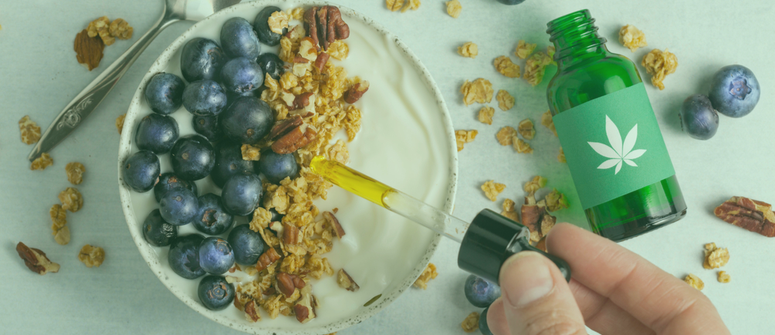
It is difficult to give recommendations on CBD dosing, as there are no real standards set for CBD intake. Even when companies do recommend a certain dose/dosage, this is generally more of a guideline than a strict recommendation.
The reality is that, just as we are not yet able to say what CBD may or may not do in the body, we are likewise unable to say what the ideal dose of CBD is. Complicating the matter even further, it depends on what you are using the cannabinoid for, the bioavailability of the intake method, and various factors related to your unique biology and habits.
There’s a lot of info about properly dosing CBD, so use this as a starting point. But don’t be afraid to try out more or less, depending on what you do or don't feel. You’re the best judge of whether a certain dose is working for you. With that said, we always recommend starting with a lower dose and working your way up—with CBD, a large dose doesn’t necessarily equate to more profound effects.
Is CBD safe?
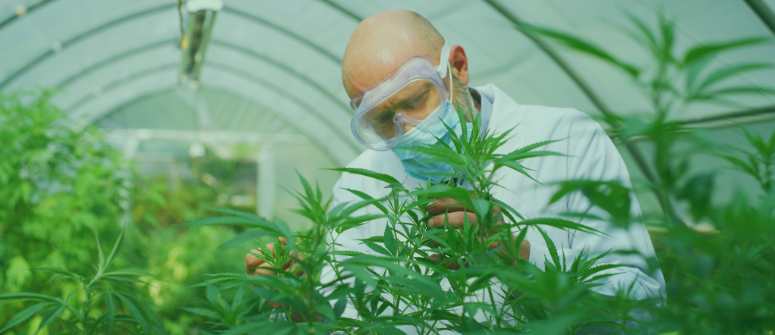
On the whole, CBD is considered very safe.¹ This is what allows it to be sold as a fairly unregulated supplement in most countries, rather than a tightly controlled drug.
That being said, you should still exercise caution when taking CBD. Though few and minor, it is not without its side effects. Even though most of these are, in themselves, not problematic, that doesn’t mean they may not cause indirect dangers.
For instance, fatigue is not dangerous in itself, but if you were to drive while fatigued, it could be dangerous to you and others. So, when taking CBD at first, make sure you’re in a safe space where you can assess its effects.
Some side effects of CBD include:
- Dry mouth
- Fatigue
- Nausea
- Diarrhoea
In terms of who CBD is considered safe for, the answer is: most people. CBD has even been used in children in specific circumstances, although we’d recommend seeking medical advice before giving it to a child. As they can’t properly consent, giving them a substance when it’s not necessary or advised by a medical professional is probably something to avoid.
Pregnant and breastfeeding women are also recommended to not take CBD, as its effects on infant brains are not yet known.
The issue with CBD and prescription medication
Perhaps the biggest issue posed by CBD is its interaction with the cytochrome P450 enzyme family. Without going into unnecessary detail, CBD can inhibit these enzymes from metabolising the vast majority of prescription medications, which can in turn cause serious issues related to sustained levels of these drugs in the body.
Interestingly, there is also potential value in this relationship, but only under medical supervision.
Given this interaction, if you are taking any form of medication, talk to your doctor before taking CBD to rule out any issues.
Is taking CBD every day bad for you?
If you want to use CBD, it is actually recommended to take it every day. This is because it has an extremely short half-life (meaning it breaks down quickly). As a result, to keep levels stable and high enough to have an effect, it is necessary to take it regularly. Otherwise, CBD levels in your body will fluctuate significantly.
Is it safe to just stop using CBD?
Yes, it is. CBD is non-addictive, and so you won’t build up a dependence. However, if you have been using it for a long time to some effect, a sudden withdrawal from it may be noticeable. On the whole, though, you shouldn’t worry about stopping CBD use.
Can you combine different CBD products?
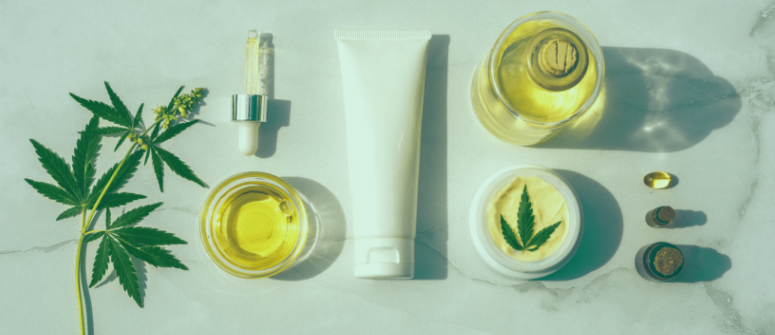
Yes; in fact, it may be even more beneficial. For instance, the longevity of an edible combined with the rapid onset of sublingually administered CBD oil means you can cover all of your bases. As topical CBD products like creams and lotions don't reach the bloodstream, you can use these alongside the aforementioned products as well.
Nevertheless, be aware that it may be easy to overdo it when mixing different CBD products. Note the bioavailability of each product, and record your daily CBD intake (we recommend in milligrams) to keep track of your progress.
Buying CBD: what to look out for
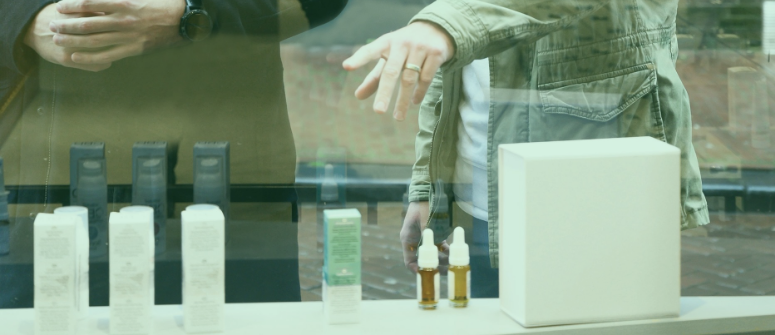
There are many factors to consider when buying CBD oil or any other type of CBD product. First, it is always worth purchasing from a reputable supplier, even if it’s a little more pricey. Bear in mind that even though it’s a free-for-all market, CBD can still affect the body, and therefore you want something of high quality. Likewise, you need to be able to trust that what it says on the label is accurate.
Some factors to consider include:
- Milligrams of CBD per serving
- Derived from industrial hemp with less than 0.2/0.3% THC
- Overall percentage of CBD
- Full spectrum, broad spectrum, or isolate?
- Batch date and code
- Concentrations of other cannabinoids
- Third-party test results
Taking CBD with this guide in hand
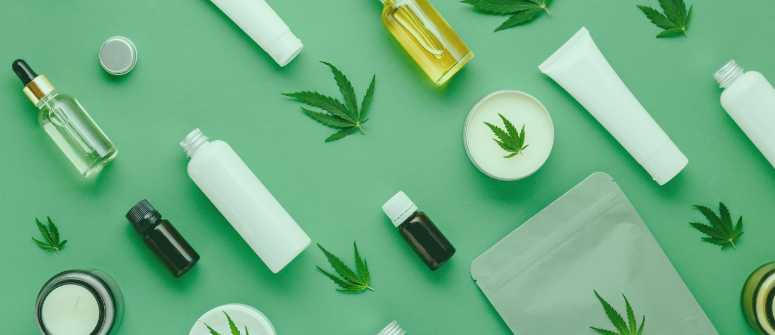
All in all, you can see that CBD is fairly safe, and comes in a range of options to suit most people’s needs and desires.
Despite CBD’s potential, we recommend you follow your instincts, and consult your GP if you have any questions or concerns. By all means, give it a go! Many people find it changes their lives for the better. However, if CBD doesn’t work for you, accept it and move on. While we think it’s wonderful, it is not a cure-all wonder-drug, and should be approached rationally.
But we hope that this beginner’s guide to CBD will help you find a CBD product and regimen that works for you!
References:
1. Geneva. CANNABIDIOL (CBD) Critical Review Report Expert Committee on Drug Dependence Fortieth Meeting.; 2018. https://www.who.int/medicines/access/controlled-substances/CannabidiolCriticalReview.pdf
2. Ferber S, Namdar D, Hen-Shoval D et al. The “Entourage Effect”: Terpenes Coupled with Cannabinoids for the Treatment of Mood Disorders and Anxiety Disorders. Curr Neuropharmacol. 2020;18(2):87-96. doi:10.2174/1570159x17666190903103923 https://pubmed.ncbi.nlm.nih.gov/31481004/
3. Jadoon KA, Tan GD, O’Sullivan SE. A single dose of cannabidiol reduces blood pressure in healthy volunteers in a randomized crossover study. JCI Insight. 2017;2(12). doi:10.1172/jci.insight.93760
https://www.ncbi.nlm.nih.gov/pmc/articles/PMC5470879/
